Frugal Advice From Other Countries That Americans Have Forgotten
Budgets might look different around the globe, but smart saving is a universal concept. Many cultures rely on simpler, time-tested habits for a cost-effective lifestyle, while many Americans turn to apps and flash sales.
Here’s what the rest of the world still does to keep expenses in check, and why it might be time to bring some of it back.
Hang-Drying Laundry, Even in Humid Weather
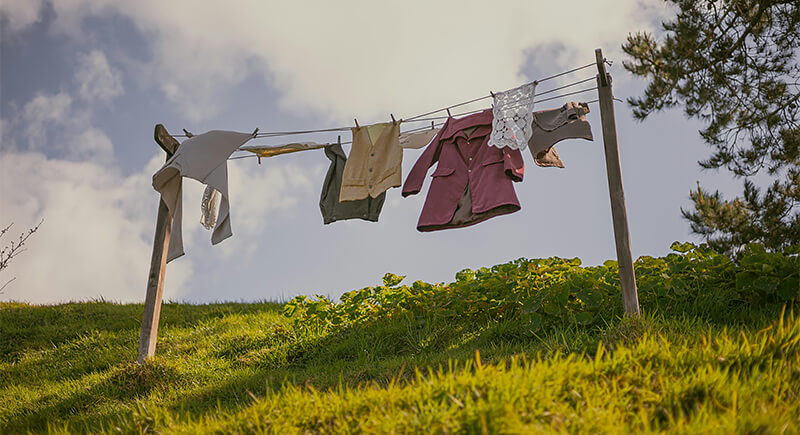
Credit: pexels
Electric dryers are rare in many countries. In Japan, Italy, and Germany, outdoor racks or indoor lines are used to air-dry laundry year-round. This habit significantly reduces electricity use and helps clothing last longer. The U.S. Department of Energy estimates dryers account for approximately 6% of residential electricity consumption in American homes.
Rags Instead of Disposable Kitchen Items
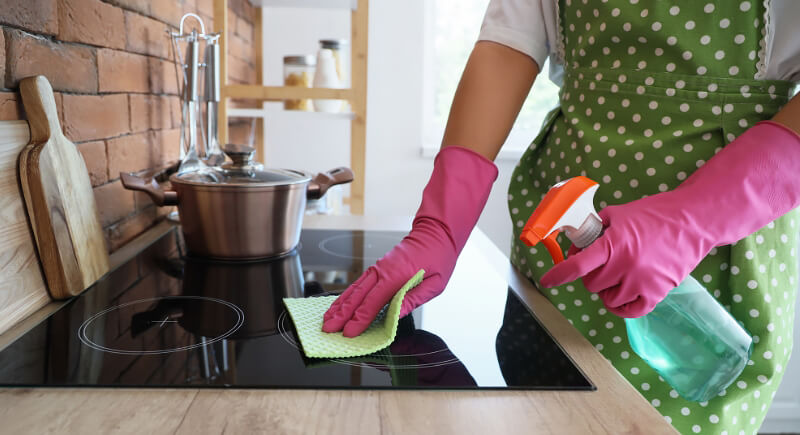
Credit: Canva
The EPA reports that Americans generated over 3.8 million tons of paper towel waste in just 2017. On the contrary, many households abroad rely on washable cloths for cleaning rather than paper towels or disposable wipes. It’s common in countries like Sweden and India to reuse fabric scraps for household tasks.
Seasonal Produce Is Stored
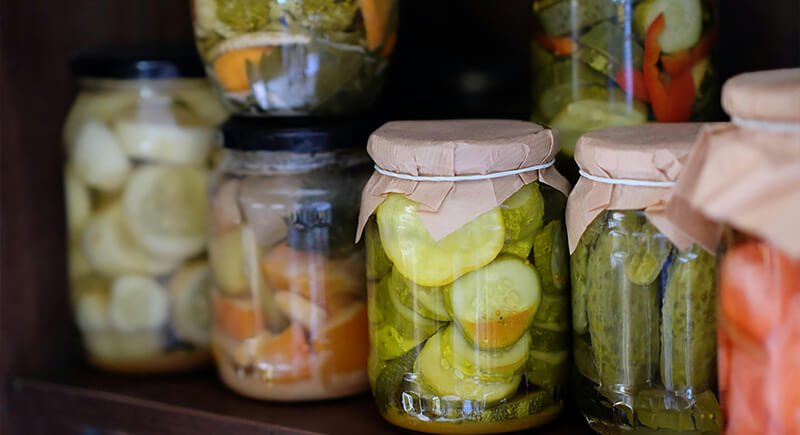
Credit: pexels
In South Korea, Poland, and Turkey, pickling and fermenting remain part of daily life. When summer ends, shelves fill with jars of cabbage, cucumbers, and dried fruit for the winter ahead. In the U.S., food rarely gets preserved this way. The USDA estimates that about 31% of the national food supply goes uneaten, wasted in stores, restaurants, and homes.
Timed Heating Keeps Bills From Creeping Up

Credit: Canva
In Ireland and the Netherlands, many households heat their homes just once each morning with a timed boiler, then rely on insulation and sunlight to stay warm. One Reddit user said a single oil refill in April lasted until Christmas. In contrast, U.S. households spend roughly $1,400 to $1,700 each year on heating alone.
Pasta Doesn’t Have to Simmer Forever

Credit: Getty Images
Instead of keeping pasta boiling for 8–10 minutes, some European and Asian households use a fuel-saving method: boil briefly, then let the pasta sit covered as it finishes cooking in residual heat. The technique isn’t new. Italian chefs have recommended it for decades, and it reduces both gas and electricity use.
One Chicken, Multiple Uses

Credit: iStockphoto
Buying a whole chicken remains the default in much of the world. It’s cheaper per pound, and the bones are routinely used for homemade stock. In the U.S., where boneless cuts dominate, this practice is less common, but it can reduce meat spending significantly over time.
Families Living Under One Roof

Credit: Canva
Multigenerational households were a cultural practice, but today, they have become more practical. Across Asia and Latin America, grandparents often help with childcare, while adult children assist with household bills. Pew Research shows that 18% of Americans now live in multigenerational households, up from 12% in 1980.
Reusable Containers Over Single-Use Fixes

Credit: pexels
In many places, food is stored, reheated, and packed in the same reusable container. Plastic tubs with lids replace cling wrap, foil, and endless zip-top bags. It’s simple and cuts down on waste. Yet in the U.S., single-use plastics still dominate kitchens, even as concerns over cost and environmental impact keep growing.
Cooling a Home With a Fan and Some Logic

Credit: Getty Images
Opening two windows across a room and placing a fan to expel hot air is a widely known method in countries like India and Brazil. It’s effective and costs nothing. Compared to central air, it also avoids summer spikes in energy bills.
Cooking Big Doesn’t Need a Hashtag
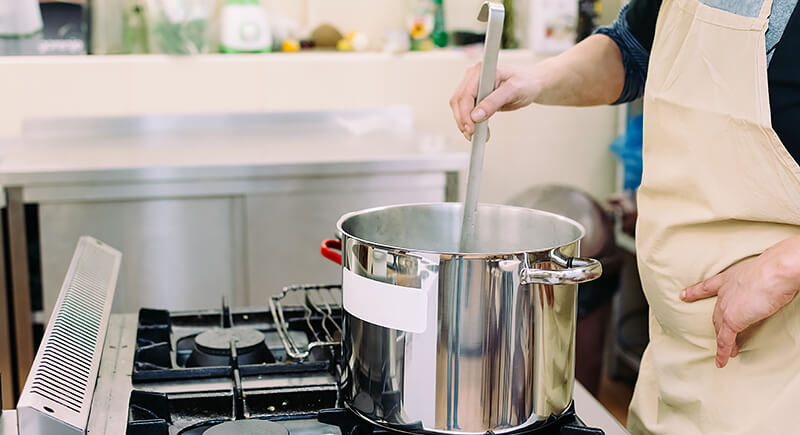
Credit: iStockphoto
Many cultures treat large-scale cooking as a norm instead of a lifestyle trend. A pot of beans or lentils is stretched across several meals without needing meal-prep containers or labels. It’s common in India, Egypt, and Mexico to make food that lasts days. It also saves time and money with no extra fanfare.
All-Purpose Cleaners Still Exist
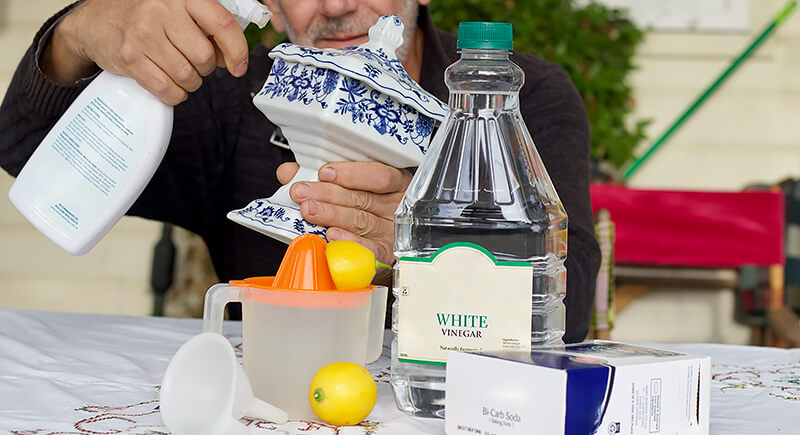
Credit: iStockphoto
In many countries, one cleaner handles almost everything: floors, counters, and windows. A simple mix of vinegar or mild detergent is enough. The American habit of buying a separate bottle for every surface just adds clutter and cost. Fewer products mean simpler routines, less storage, and less confusion over what each label means.
Shared Tools, Not Duplicated Stuff
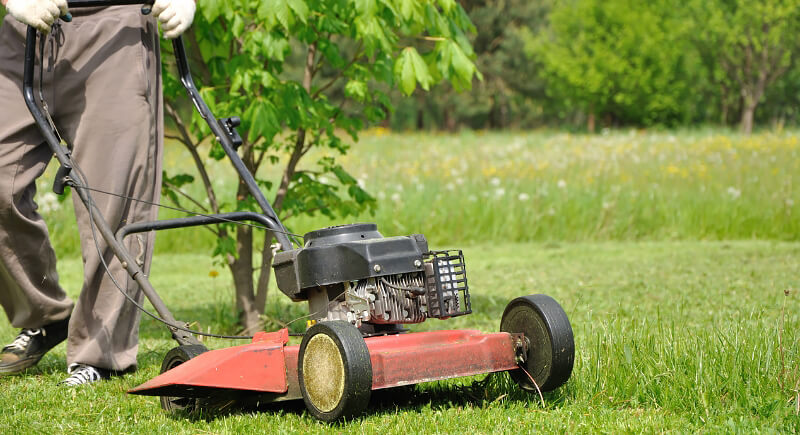
Credit: Getty Images
A single blender, lawnmower, or ladder can go a long way in a multi-person household. Instead of every adult owning their own version, things are shared, borrowed, or passed down. It’s practical and trims spending on things used twice a year, like the drill you swore you needed for that one IKEA shelf.
The Anti-Shopping Culture

Credit: pexels
In many parts of the world, shopping is practical, not recreational. People buy only what they need. Americans make up about 4 percent of the global population, yet account for nearly 30 percent of household consumption. The gap isn’t always about income. For many, there’s simply no appeal in owning things that add no real value.
Less Space, Fewer Purchases
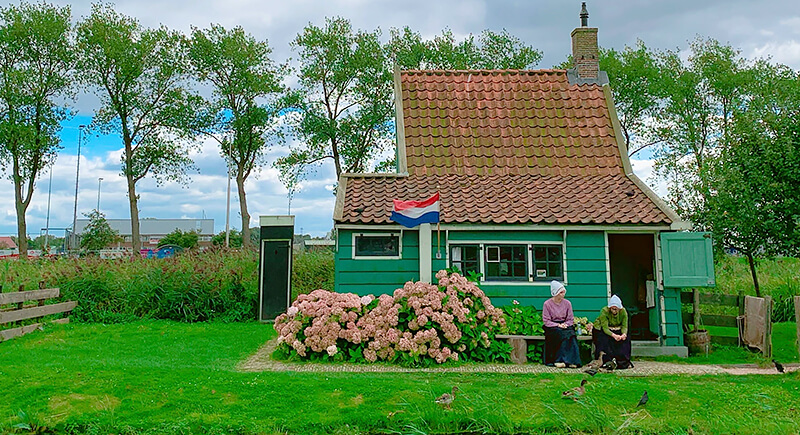
Credit: pexels
Small homes are common abroad, and they come with smaller expectations. Shared rooms, modest storage, and close quarters discourage bulk shopping and random purchases. Not everyone needs a hobby room, a mudroom, and a backup fridge. Sometimes, less space keeps spending in check better than any budgeting trick.
Paper Tracking That Actually Works

Credit: pexels
The Japanese have ditched spreadsheets and apps for a notebook called kakeibo. It is still widely used to manage household money. One section tracks income, another sets monthly goals, and there’s even a space to reflect on spending choices. Writing things by hand makes you pause, think, and spend more consciously. It works surprisingly well.